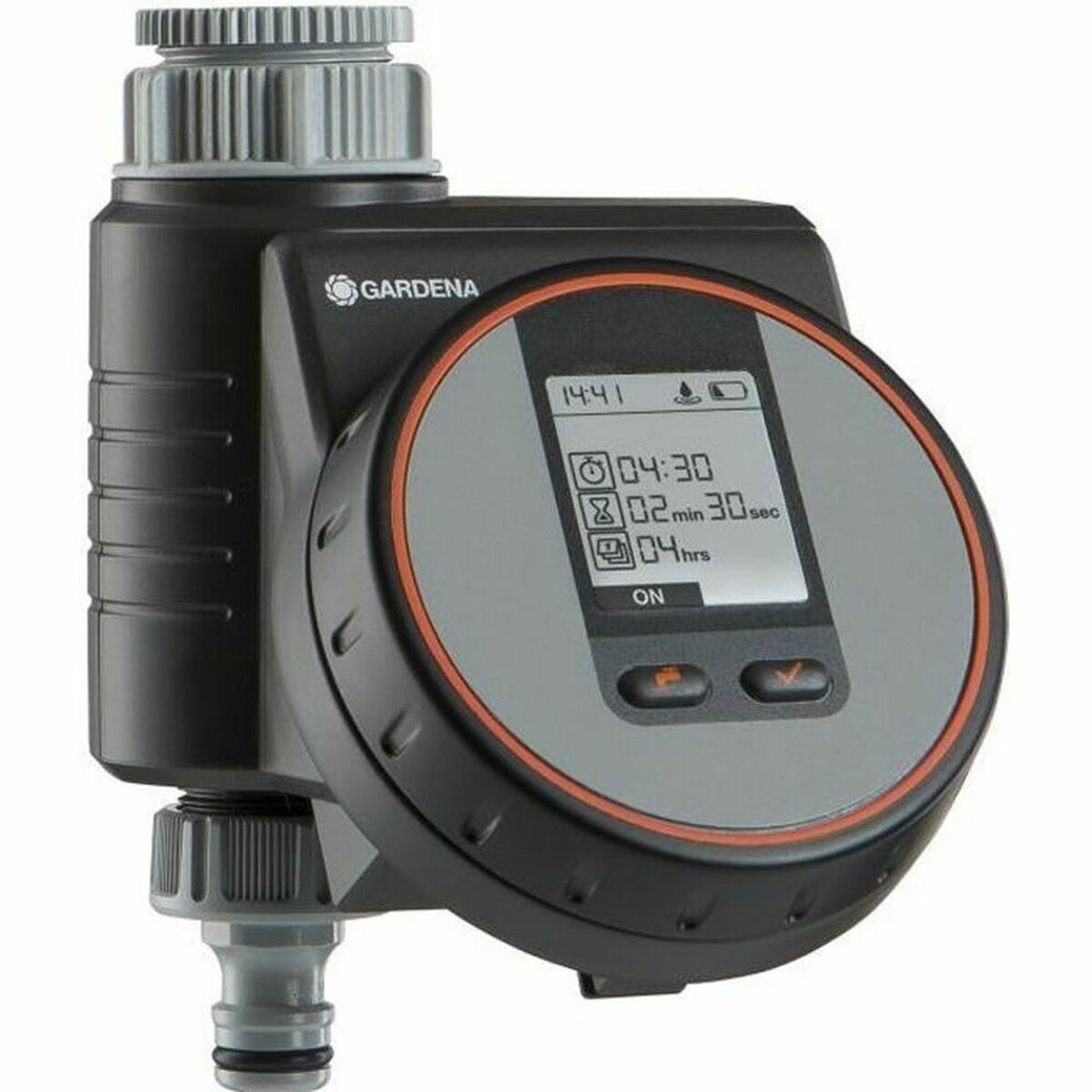Home & Family
Sustainable Design,
Empowering Marta
The Challenge: Why Sustainable Product Design is Crucial?
1. Smart Energy Management: Reduce Consumption, Optimize Efficiencyy
Product Example: Tado Smart Radiator Thermostat
What it does: This programmable smart thermostat optimizes energy consumption by automatically adjusting temperatures based on occupancy and weather conditions.
Main benefits:
- Up to 31% energy savings, lowering electricity bills.
- Remote control via smartphone, ensuring efficient heating & cooling.
- AI-driven learning, adapting to personal habits for maximum efficiency.
Price range: €250-€300
Smart thermostats reduce unnecessary heating and cooling, cutting down carbon emissions and lowering costs.”
— Dr. Matteo Ricci, Energy Efficiency Expert
Data Insight: Households using smart thermostats experience an average reduction of 1,500 kg CO₂ per year (Source: European Energy Agency).
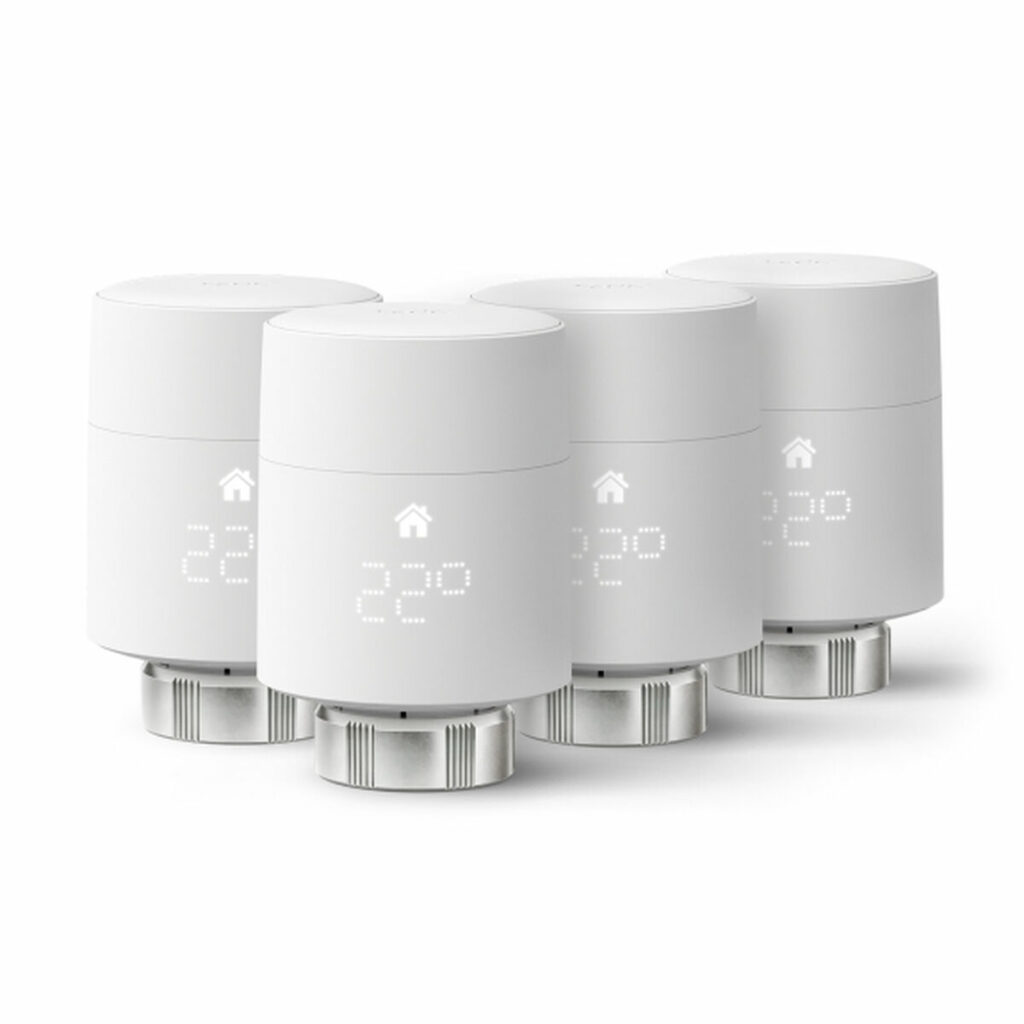
2. Renewable Energy: Powering Homes with Solar
Product Example: Denver 10W Foldable Solar Panel – Portable Green Energy
What it does: This compact solar panel harnesses sunlight to charge small electronic devices, reducing reliance on traditional electricity sources.
Main benefits:
- Provides 100% renewable energy, lowering fossil fuel dependency.
- Lightweight & portable, ideal for outdoor and emergency use.
- Reduces electricity costs, especially for off-grid applications..
Price range: €25-€30.
Every step towards renewable energy adoption, no matter how small, makes a significant impact on sustainability.”
— Marco De Santis, Solar Energy Specialist
Data Insight: Each panel offsets 100 kg of CO₂ emissions per year.Saves approximately €50 annually in energy costs..
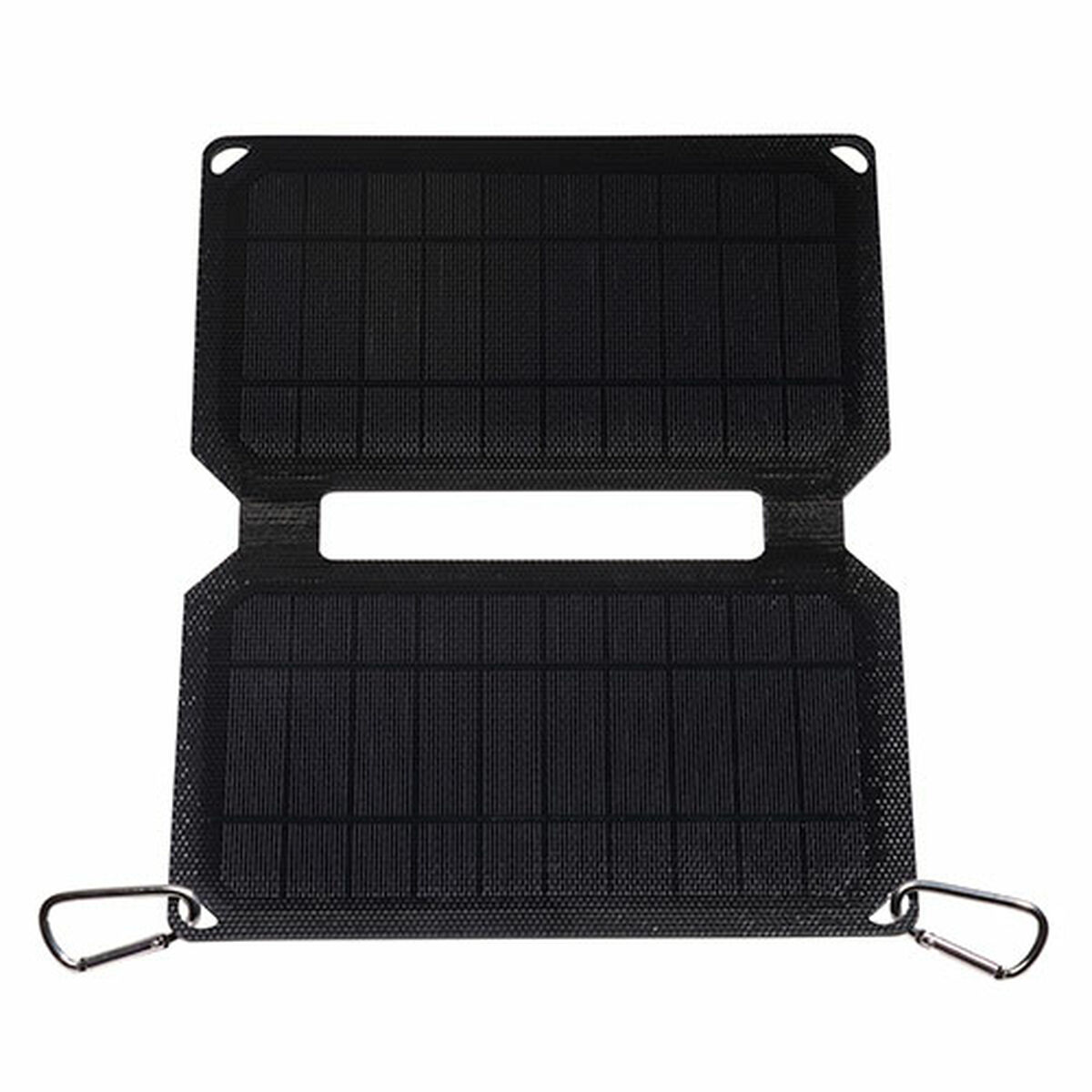
3. Eliminating Wasted Energy
Product Example: Alpina Smart Plug 230V – Intelligent Power Control
What it does: This Wi-Fi-enabled smart plug allows users to remotely control appliances, preventing unnecessary standby power consumption.
Main benefits:
- Reduces electricity usage by up to 20%.
- Prevents phantom energy drain, cutting costs and waste.
- Automated scheduling, ensuring devices operate only when needed.
Price range: €20-€30.
Data Insight: Eliminates 500 kWh per year of wasted energy.Prevents 40 kg of CO₂ emissions annually from unused appliances.4. Smart Lighting: Efficient and Adaptive Illumination
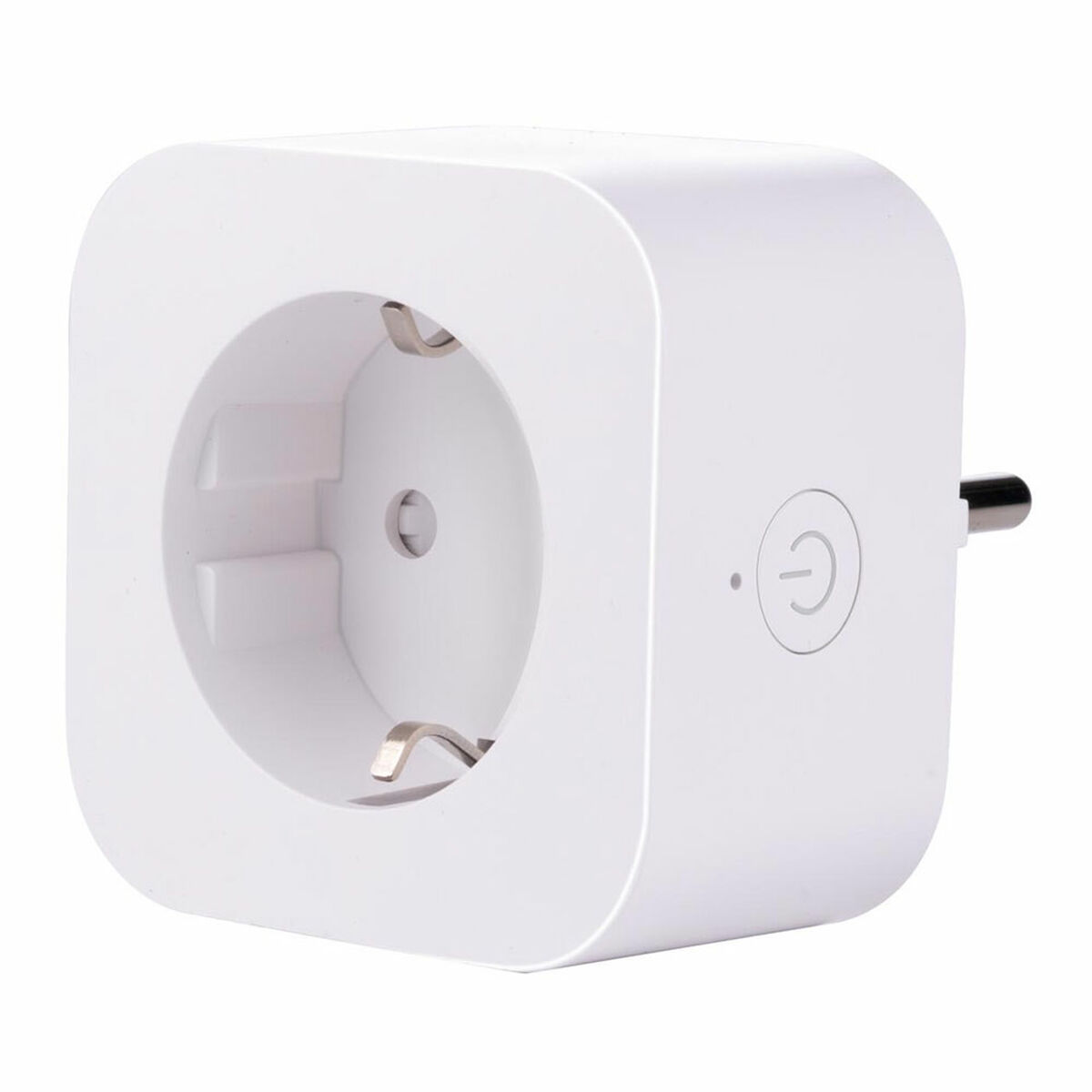
4.Smart Lighting: Efficient and Adaptive Illumination
Product Example: TP-Link Tapo L530E Smart LED Bulb – Energy-Saving Light Control
What it does: A Wi-Fi-enabled LED bulb that adapts brightness and color temperature based on user preferences.
Main benefits:
- 80% energy savings compared to traditional bulbs.
- 50,000-hour lifespan, reducing waste and replacement frequency.
- Smart scheduling & remote control for optimal efficiency.
Price range: €20-€30 per bulb.
Data Insight: Replacing incandescent bulbs with smart LEDs cuts CO₂ emissions by 450 kg per household per year.
Reduces lighting electricity costs by €70 annually.
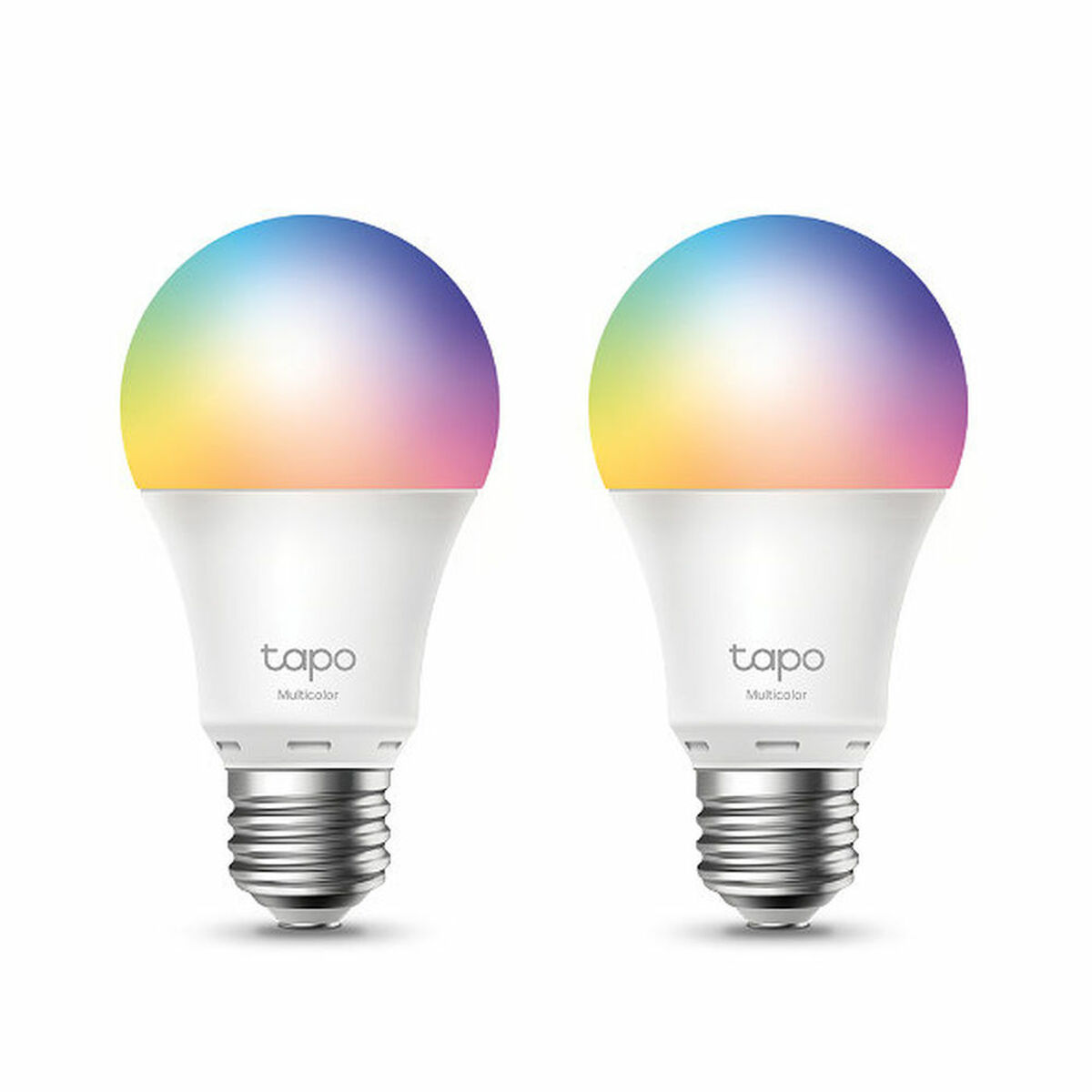
5. Water Conservation: Smarter Irrigation for Sustainability
Product Example: Gardena Flex Digital Watering Programmer – Optimized Water Use
What it does: An automated irrigation system that ensures plants receive only the water they need
Main benefits:
- Cuts water usage by up to 50%.
- Prevents overwatering, keeping plants and soil healthier
- Reduces household water bills.
Price range: €50-€60.
Statistic: Prevents 12,000 liters of water waste per year.Reduces household water bills by €100 annually.
